Austin Dorn
Advisor: Lancelot Coar
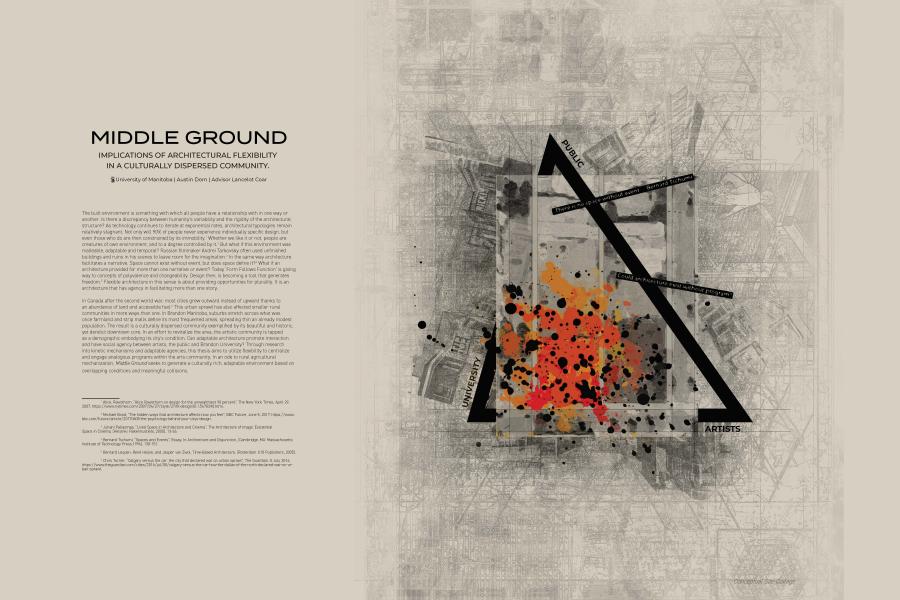

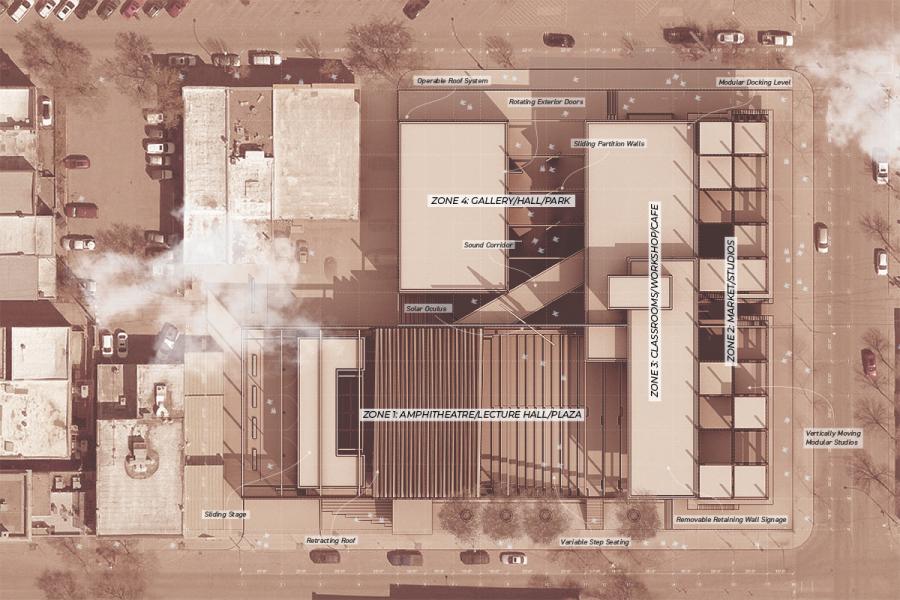
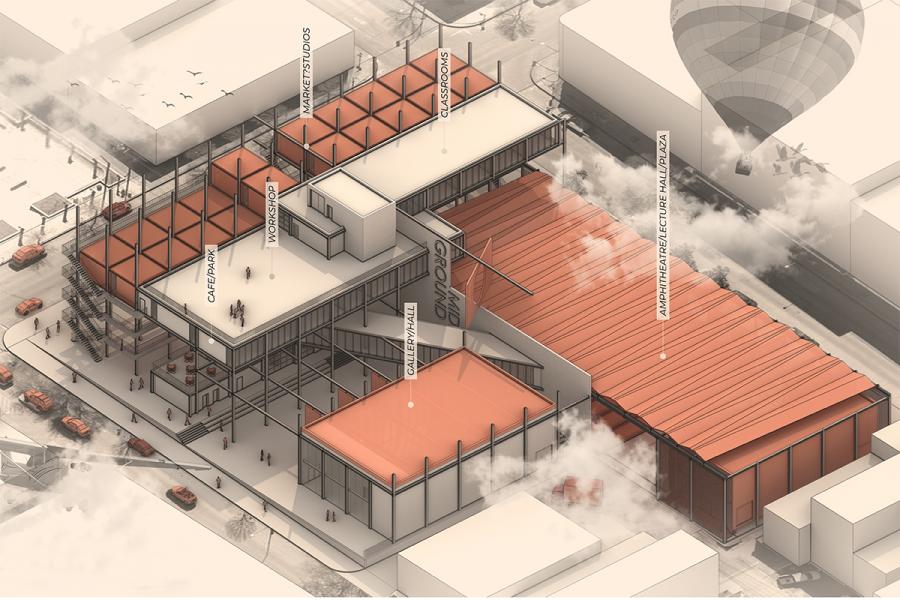
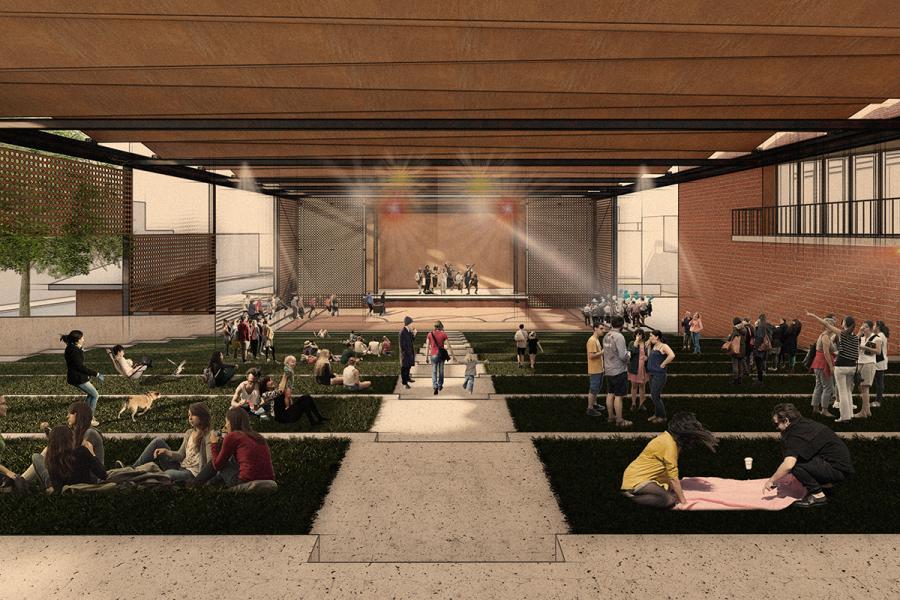
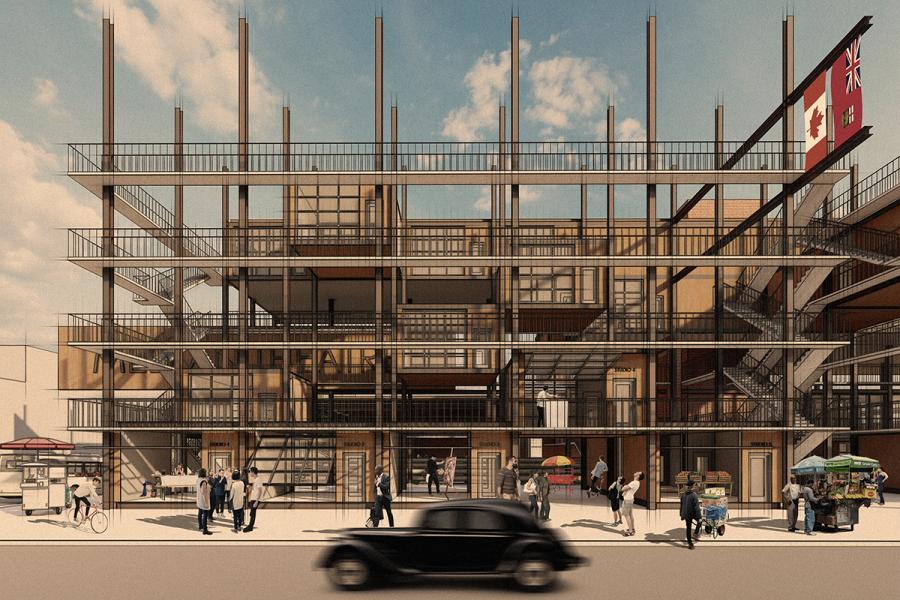
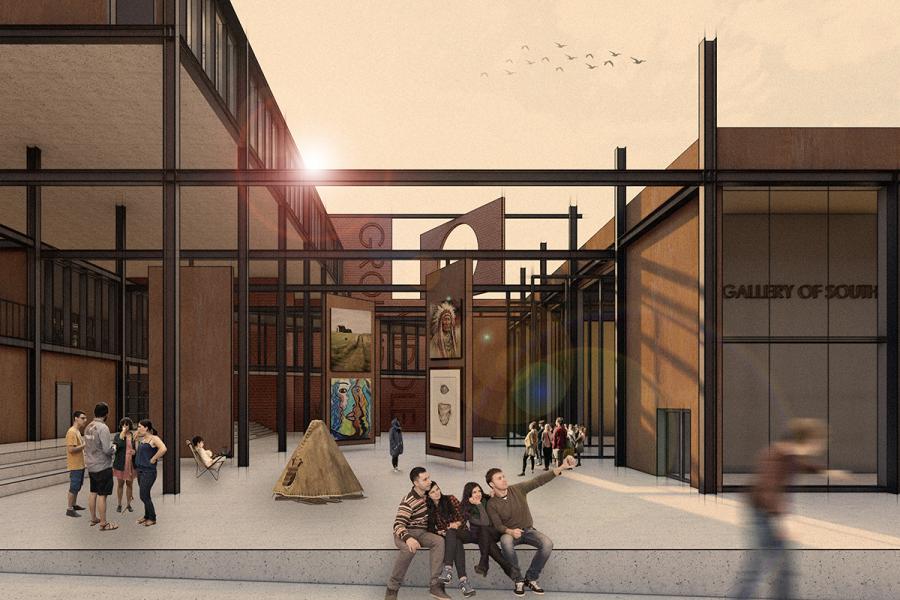
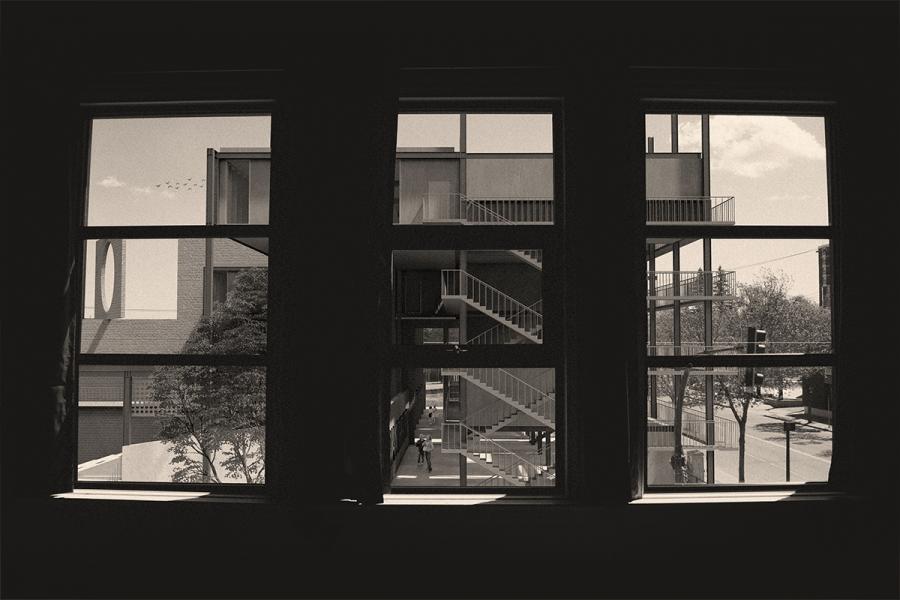
Middle Ground: Implications of Architectural Flexibility in a Culturally Dispersed Community
The built environment is something with which all people have a relationship with in one way or another. Is there a discrepancy between humanity’s variability and the rigidity of the architectural structure? As technology continues to iterate at exponential rates, architectural typologies remain relatively stagnant. Not only will 90% of people never experience individually specific design, but even those who do are then constrained by its immobility.1 Whether we like it or not, people are creatures of own environment; and to a degree controlled by it.2 But what if this environment was malleable, adaptable and temporal? Russian filmmaker Andrei Tarkovsky often used unfinished buildings and ruins in his scenes to leave room for the imagination.3 In the same way architecture facilitates a narrative. Space cannot exist without event, but does space define it?4 What if an architecture provided for more than one narrative or event? Today ‘Form Follows Function’ is giving way to concepts of polyvalence and changeability. Design then, is becoming a tool that generates freedom.5 Flexible architecture in this sense is about providing opportunities for plurality. It is an architecture that has agency in facilitating more than one story.
In Canada after the second world war, most cities grew outward instead of upward thanks to an abundance of land and accessible fuel.6 This urban sprawl has also affected smaller rural communities in more ways than one. In Brandon Manitoba, suburbs stretch across what was once farmland and strip malls define its most frequented areas, spreading thin an already modest population. The result is a culturally dispersed community exemplified by its beautiful and historic, yet derelict downtown core. In an effort to revitalize the area, the artistic community is tapped as a demographic embodying its city’s condition. Can adaptable architecture promote interaction and have social agency between artists, the public and Brandon University? Through research into kinetic mechanisms and adaptable agencies, this thesis aims to utilize flexibility to centralize and engage analogous programs within the arts community. In an ode to rural agricultural mechanization, Middle Ground seeks to generate a culturally rich, adaptable environment based on overlapping conditions and meaningful collisions.
1 Alice, Rawsthorn, “Alice Rawsthorn on design for the unwealthiest 90 percent”, The New York Times, April 29, 2007, https://www.nytimes.com/2007/04/27/style/27iht-design30.1.5470390.html.
2 Michael Bond, “The hidden ways that architecture affects how you feel”, BBC Future, June 5, 2017, https://www.bbc.com/future/article/20170605-the-psychology-behind-your-citys-design.
3 Juhani Pallasmaa, “Lived Space in Architecture and Cinema”, The Architecture of Image: Existential
Space in Cinema, (Helsinki: Rakennustieto, 2000), 13-36.
4 Bernard Tschumi, “Spaces and Events”, Essay, In Architecture and Disjunction, (Cambridge, MA: Massachusetts Institute of Technology Press,1994), 138-151.
5 Bernard Leupen, René Heijne, and Jasper van Zwol, Time-Based Architecture, (Rotterdam: 010 Publishers, 2005), 9.
6 Chris Turner, “Calgary versus the car: the city that declared war on urban sprawl”, The Guardian, 8 July 2016, https://www.theguardian.com/cities/2016/jul/08/calgary-versus-the-car-how-the-dallas-of-the-north-declared-war-on-urban-sprawl.
